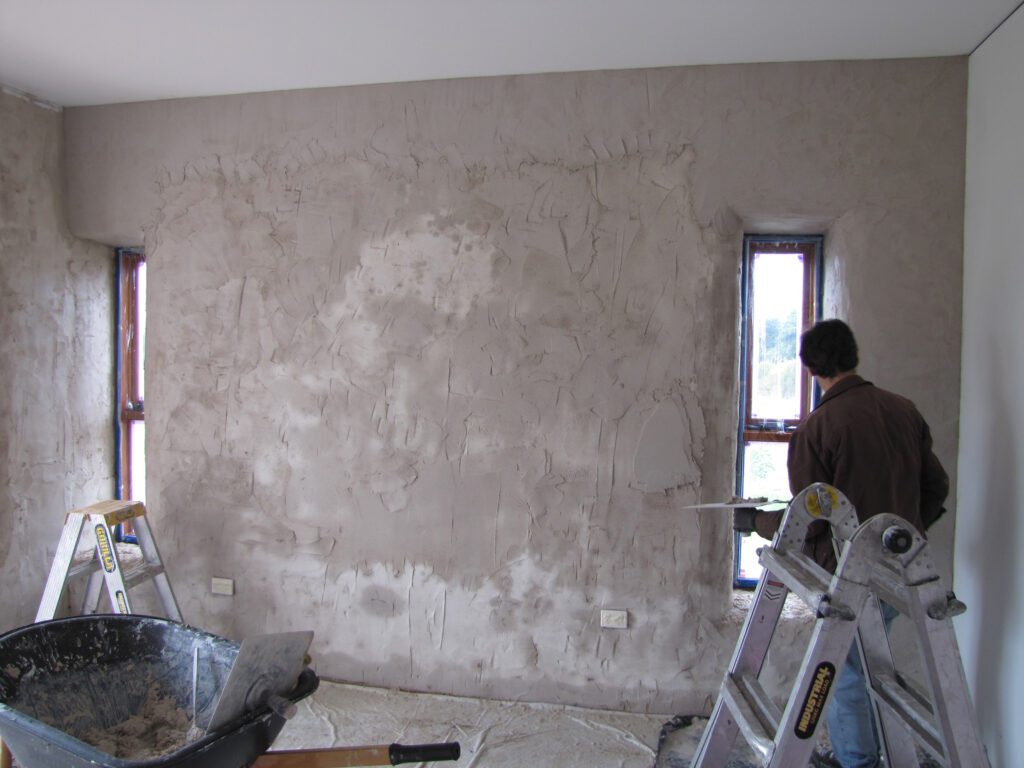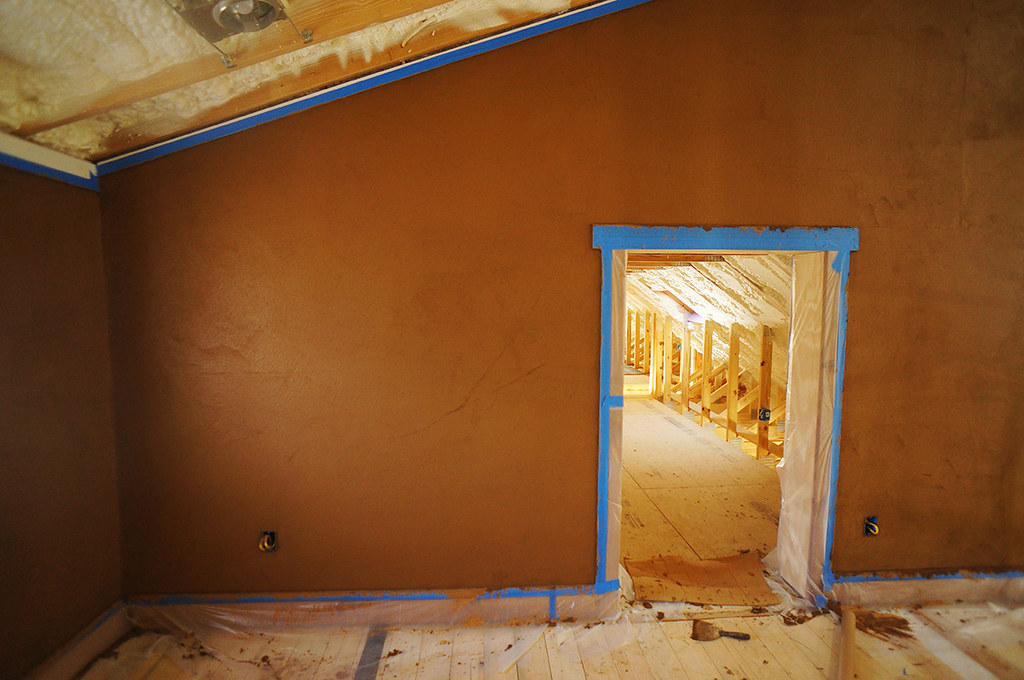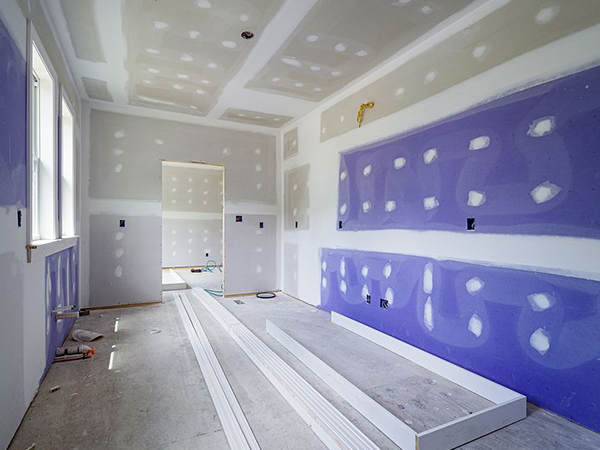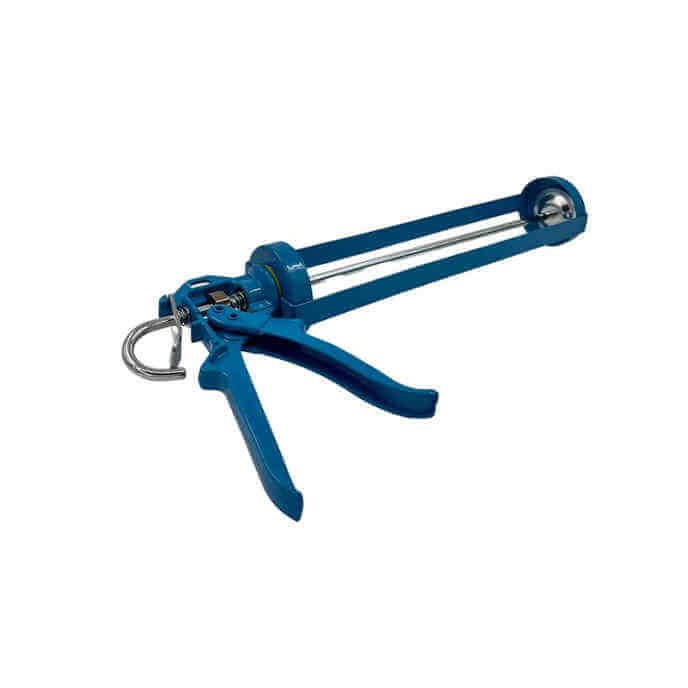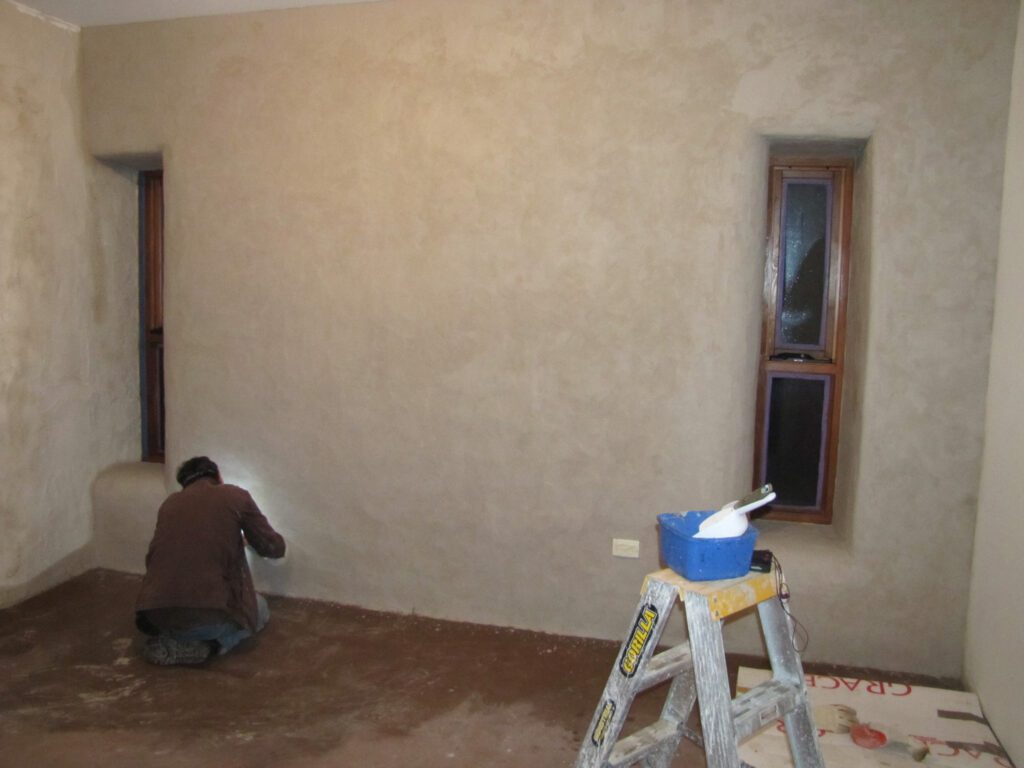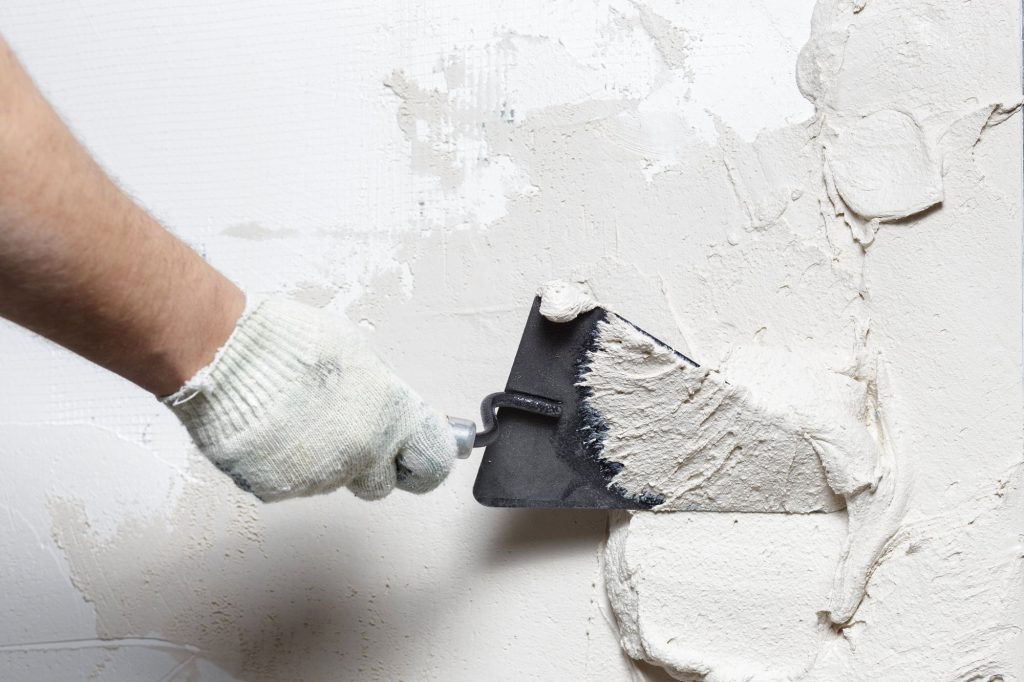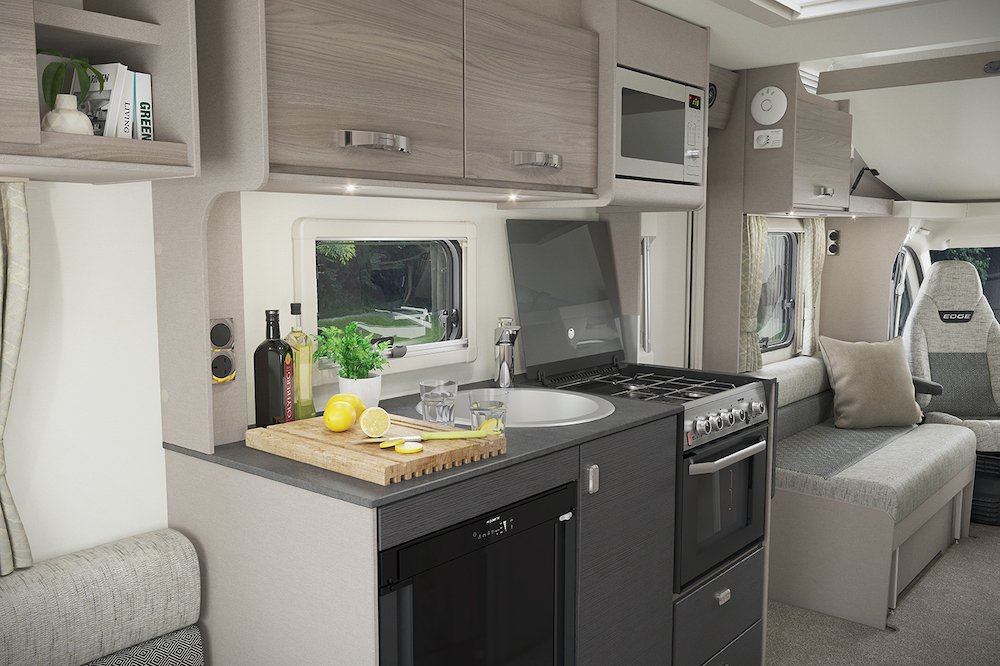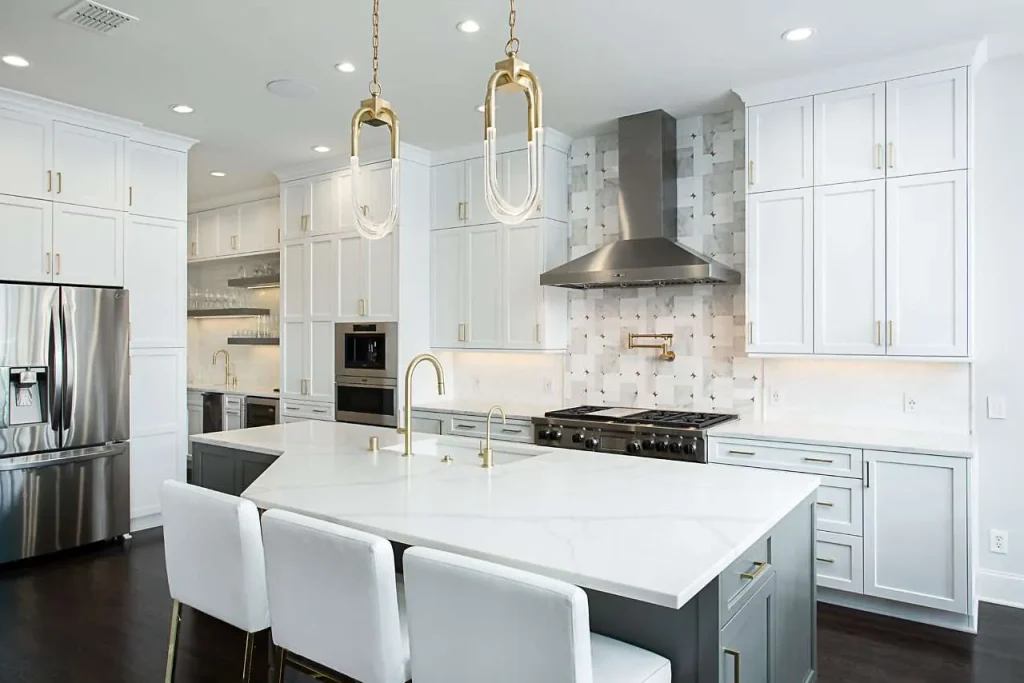How to Dry Plaster Quicker: The Ultimate Professional Guide
Discover the expert secrets to speed up plaster drying time and achieve flawless results in half the time – no more endless waiting! The Challenge of Waiting for Plaster to Dry As experienced plasterers in Kent, we understand the frustration that comes with waiting for plaster to dry. Traditional drying times can stretch from 3-7 days, significantly impacting project timelines and delaying subsequent decorating work. In the UK’s often humid climate, this waiting period can feel particularly challenging. Recent statistics show that over 65% of plastering projects face delays due to extended drying times, especially during the damper months. The key to successful plastering lies not just in the application but in managing the crucial drying phase effectively. Proper drying ensures the longevity of your finish and prevents common issues like cracking, peeling, or uneven surfaces that can emerge months later. Understanding the Plaster Drying Process The science behind plaster drying involves a complex process of moisture evaporation and chemical reactions. When plaster is first applied, it contains approximately 30% water content that needs to evaporate systematically. This process occurs in two main stages: the initial setting phase, where the plaster becomes firm to touch (typically 1-2 hours), and the complete drying phase, where deeper moisture evaporates. Temperature, humidity, and air circulation all play crucial roles in this process. Understanding these factors is essential for optimising drying times without compromising the quality of the finish. Essential Equipment for Faster Plaster Drying Professional-grade dehumidifiers (30-50L capacity recommended for average rooms) Portable electric heaters with thermostat control Oscillating fans for air circulation Moisture meters for accurate monitoring Temperature and humidity gauges For optimal results, position dehumidifiers centrally in the room, keeping them at least 2 metres away from fresh plaster. Heaters should be placed strategically to create even warmth distribution, while fans should be used on low settings to avoid direct airflow onto the plaster surface. Creating the Perfect Drying Environment Maintaining the ideal environment is crucial for accelerated drying. The optimal temperature range lies between 15-20 degrees Celsius – research shows this range can reduce drying times by up to 40%. Humidity levels should be maintained between 60-70% during the initial drying phase, gradually reducing to 50% as the plaster cures. Proper ventilation is essential but must be controlled; in the UK climate, windows should only be opened when external humidity is lower than indoor levels, typically during warmer, drier days. Professional Techniques for Accelerated Drying Apply thinner coats where possible – maximum 11mm for backing coats Use modern lightweight plasters that dry faster than traditional mixes Incorporate approved accelerator additives for reduced setting times Ensure proper suction control on backgrounds before application Consider using spray-applied plasters for more uniform coverage Common Mistakes to Avoid The most frequent errors we encounter involve excessive heat application and poor ventilation control. Setting temperatures above 25°C can cause up to 75% of plaster-related failures, including cracking and delamination. Avoid using direct heat sources like gas heaters, which can create hot spots and uneven drying. Similarly, excessive air movement from powerful fans or open windows can cause surface crusting while leaving the underlying plaster damp – a common issue in about 40% of DIY plastering projects. Special Considerations for Different Seasons British weather presents unique challenges for plaster drying. In winter, combine gentle background heating with controlled dehumidification, maintaining temperatures above 10°C overnight. Summer brings its own challenges – high humidity can extend drying times by up to 50%. During warmer months, focus on dehumidification rather than heating, and consider working during early morning hours when temperatures are more moderate. Spring and autumn typically offer the most favourable conditions for plaster drying in the UK. Monitoring and Testing Drying Progress Use electronic moisture meters to check moisture content regularly Look for uniform colour across the surface – darker patches indicate damp areas Perform the ‘back of hand’ test for surface dryness Check corners and edges where moisture tends to linger Document drying progress with dated moisture readings Expert Tips for Consistent Results Our experience at Kent Plasterers has shown that consistency is key to achieving reliable drying times. Professional projects achieve optimal drying up to 60% faster than DIY attempts through systematic approach and proper equipment usage. We recommend creating a detailed drying schedule, maintaining consistent environmental conditions throughout the process, and using professional-grade materials and tools. For larger projects, consider zoning the work area to maintain better control over drying conditions. Moving Forward with Your Project Once your plaster has dried completely (typically indicated by uniform colour and moisture readings below 5%), you can proceed with decoration. Wait at least 7 days before applying standard emulsion paints, and consider using contract matt emulsion for the mist coat. For specialized finishes or wallpapering, allowing additional drying time is recommended. Regular maintenance, including proper ventilation and prompt repair of any water damage, will ensure your plastered surfaces remain pristine for years to come. Remember, while accelerating drying times is possible, never compromise on the fundamental principles of proper plaster curing – the long-term quality of your finish depends on it. FAQ How to speed up plaster setting time? Mixing Proportions Using less water leads to faster setting. Adding extra water slows down the process but may weaken the plaster if overdone. How long does plaster take to fully dry? The plaster will need a minimum of 3-5 days to achieve full dryness, but for some jobs, it may take up to 4 weeks. Once it’s dried, the plaster will appear pale pink, and any previous brown patches will have disappeared. Not allowing the plaster to dry sufficiently can also harm the quality of the finished job overall. Does cold air make plaster dry faster? Low Temperatures: Cold air naturally slows the evaporation of moisture, which is critical for plaster to dry. If the room temperature falls below 10°C, drying can stall entirely, leaving plaster damp for prolonged periods. What helps plaster dry faster? Apply Thin Layers: Thin coats of plaster dry faster than thicker ones.
How to Dry Plaster Quicker: The Ultimate Professional Guide Read More »

